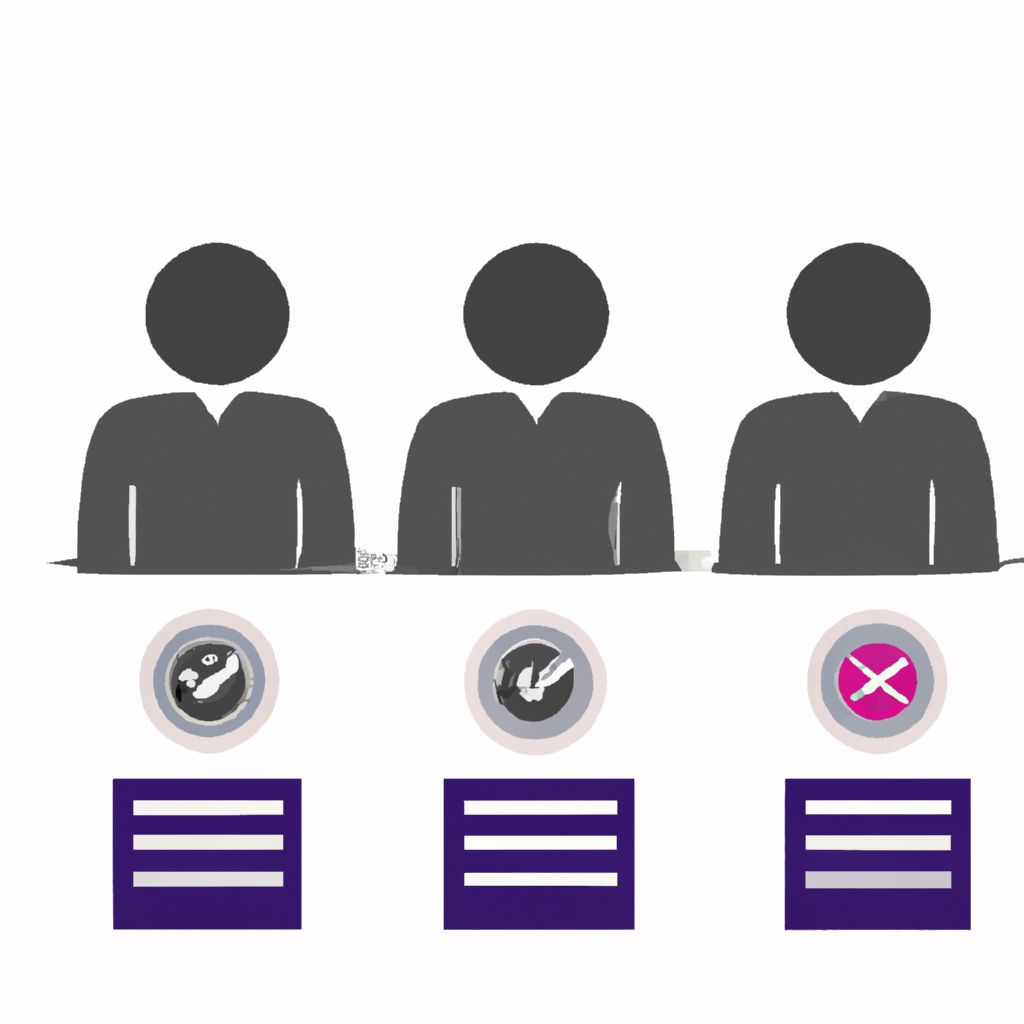A penetration test (pentest) is a critical exercise for evaluating your organization's security posture. However, its effectiveness hinges significantly on collaboration between your team and the pentesters. Proper preparation isn't just about logistics; it's about maximizing the value you receive from the engagement, ensuring the testers can work efficiently, and minimizing unnecessary disruptions to your operations.
Think of it like preparing for a crucial audit or inspection. The smoother the process, the more insightful the results. Here’s how to prepare your internal teams for a successful penetration test:
1. Clearly Define Scope & Objectives
This is arguably the most crucial step. Ambiguity here leads to wasted effort or missed vulnerabilities. Work closely with the pentesting provider to:
- Identify Assets: Explicitly list which IP addresses, domains, applications, APIs, or physical locations are in scope. Equally important, define what is out of scope to prevent accidental testing of sensitive production systems or third-party services.
- Set Goals: What are you trying to achieve? Are you testing a new application before launch, validating compliance requirements (like PCI DSS), or assessing the security of your external network? Clear objectives guide the testing methodology.
- Agree on Rules of Engagement: Define acceptable testing hours, methods (e.g., social engineering allowances/restrictions), and any specific systems or data to avoid impacting.
2. Provide Necessary Access & Information
The type and amount of information needed depend on the test type (black-box, grey-box, white-box). Be prepared to provide:
- Credentials: For grey-box or white-box tests, provide user accounts (with varying privilege levels if applicable) for relevant applications or systems.
- Documentation: Architecture diagrams, API documentation, network maps, and relevant technical specifications can significantly speed up the testers' understanding of the environment.
- Environment Details: Information about staging or testing environments if they are the primary targets. Ensure these environments accurately reflect production.
3. Establish Clear Communication Channels
Effective communication prevents misunderstandings and allows for quick resolution of issues.
- Primary Point of Contact: Designate one or two individuals on your team who will be the main liaisons with the pentesting team. Ensure they are knowledgeable and available.
- Escalation Path: Define how critical issues or potential service disruptions discovered during the test should be escalated.
- Regular Check-ins: Schedule brief, regular meetings (e.g., daily stand-ups) to discuss progress, findings, and any roadblocks.
4. Inform Relevant Internal Teams
Avoid triggering unnecessary internal alarms or incident response procedures by informing key teams beforehand.
- IT Operations / Network Team: Let them know the source IP addresses the pentesters will use and the testing window to avoid blocking legitimate testing traffic.
- Security Operations Center (SOC): Inform your SOC analysts about the planned activity so they can distinguish testing traffic from genuine attacks (though you might opt for a blind test initially, coordinate this carefully).
- Development Teams: If applications are in scope, ensure developers are aware testing is occurring, especially if it involves non-production environments.
5. Manage Expectations
Ensure everyone involved understands the process and potential outcomes.
- Understand the Process: Pentesting isn't just about running automated scanners; it involves manual exploration and exploitation attempts. It can sometimes cause minor, temporary disruptions (though testers aim to avoid this).
- Potential Disruptions: While professional pentesters strive to minimize impact, acknowledge that testing inherently carries a small risk of affecting system stability or performance, especially in fragile environments. Discuss this risk tolerance during scoping.
- It's Not a Pass/Fail: A pentest identifies vulnerabilities at a point in time. It doesn't guarantee 100% security. The goal is risk reduction, not elimination.
6. Prepare for Findings & Remediation
The real value of a pentest comes from acting on the results.
- Resource Allocation: Be prepared to receive the final report and allocate resources (time, personnel) for validating and remediating the identified vulnerabilities.
- Prioritization: Understand that findings will likely be prioritized based on risk. Focus on addressing critical and high-severity issues first.
- Debrief Meeting: Schedule a post-test debriefing with the pentesters to fully understand the findings, their potential impact, and recommended remediation steps.
Conclusion: Maximizing Pentest Value
Thorough preparation transforms a penetration test from a simple compliance checkbox into a valuable strategic exercise. By clearly defining scope, facilitating access, ensuring open communication, informing internal stakeholders, managing expectations, and being ready to act on the findings, you create an environment where pentesters can perform their job effectively. This collaborative approach ensures you gain the maximum insight and value from your investment in security testing, ultimately strengthening your organization's defenses against real-world threats.
Disclaimer: This post represents the view of the individual author that wrote it and not necessarily the view of Rarefied Inc.
Looking for professional security testing?
Based on your interest in this topic, you might benefit from our specialized security services:
